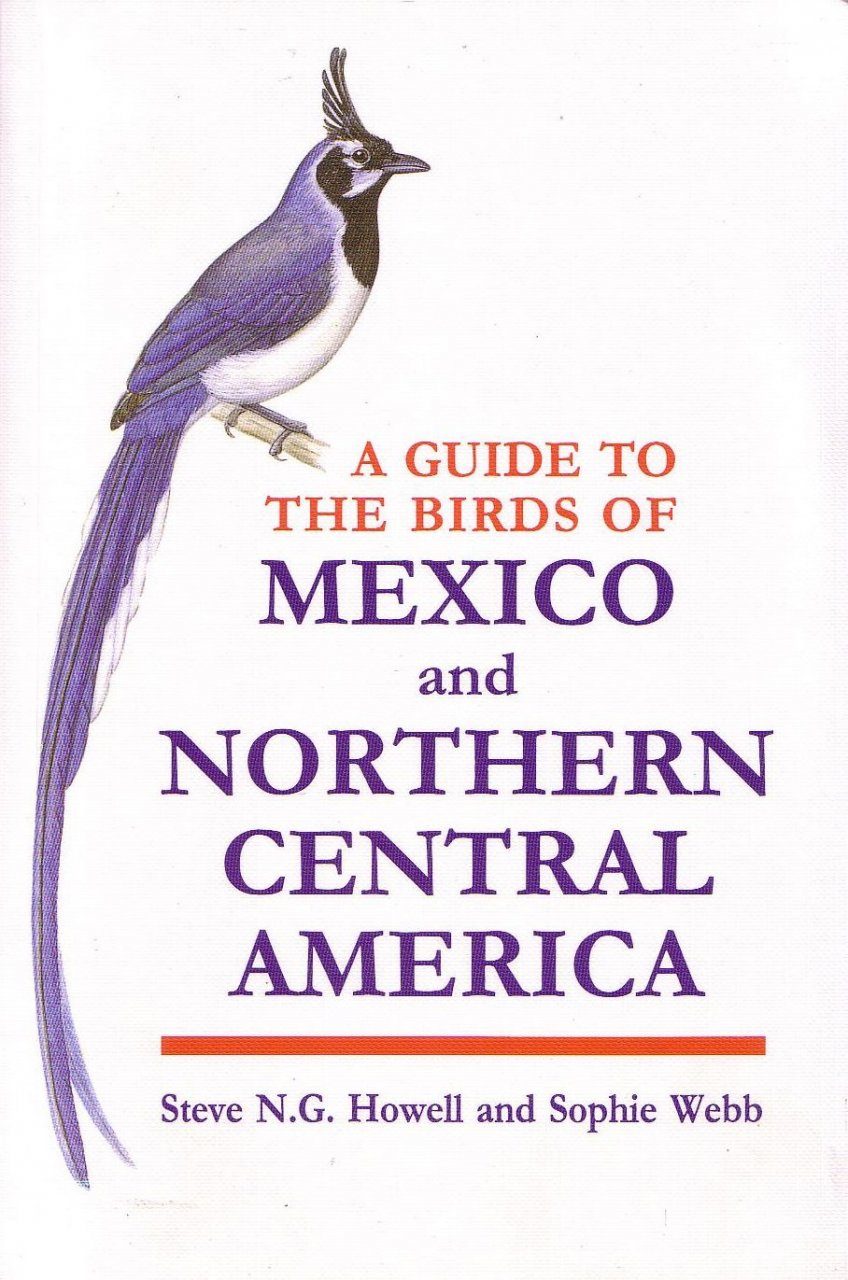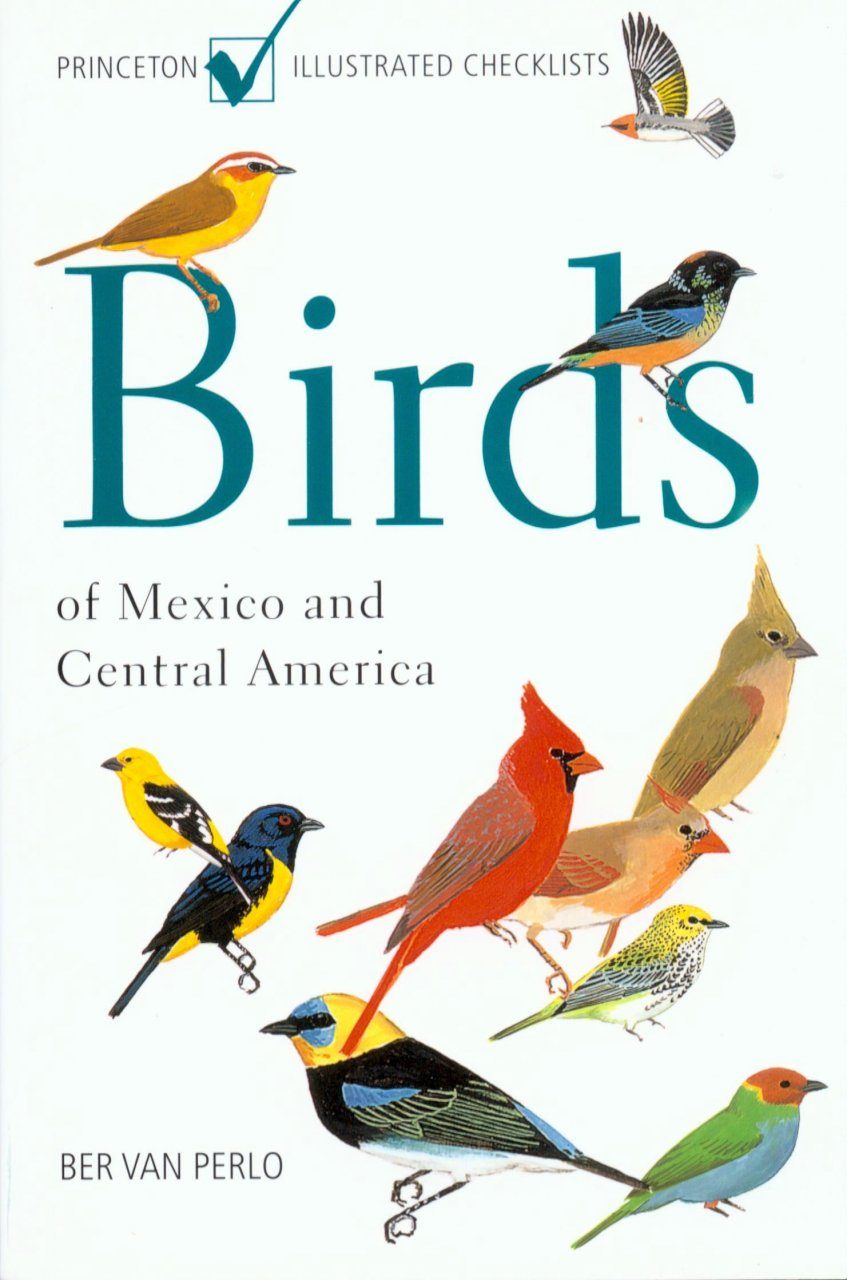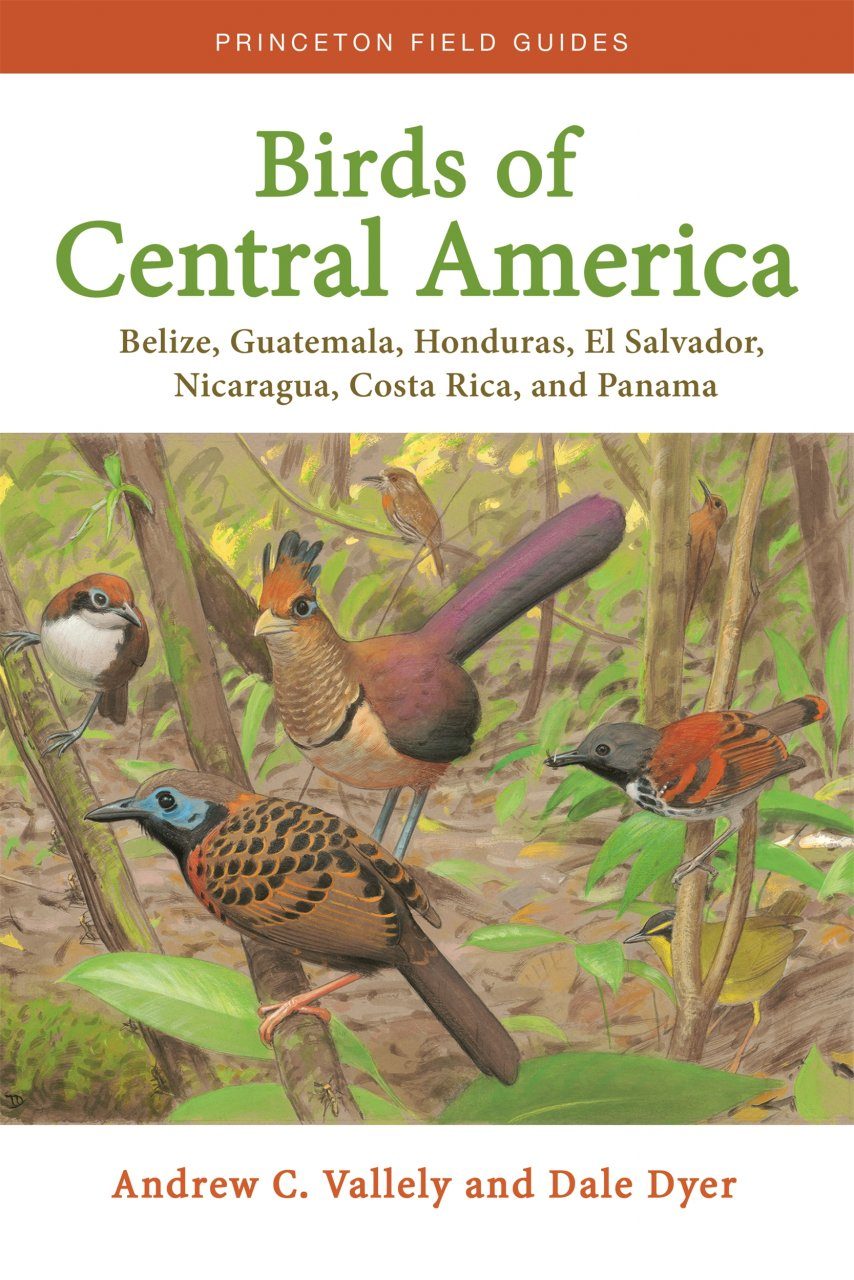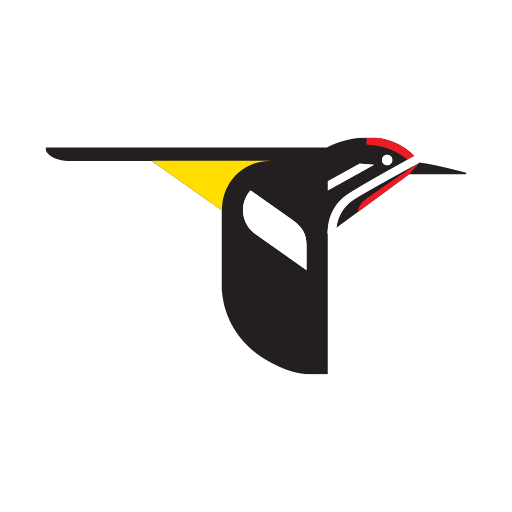-
Welcome to BirdForum, the internet's largest birding community with thousands of members from all over the world. The forums are dedicated to wild birds, birding, binoculars and equipment and all that goes with it.
Please register for an account to take part in the discussions in the forum, post your pictures in the gallery and more.
You are using an out of date browser. It may not display this or other websites correctly.
You should upgrade or use an alternative browser.
You should upgrade or use an alternative browser.
Any bird guide for Mexico? (1 Viewer)
- Thread starter SLopezM
- Start date
More options
Who Replied?
There are a number of options, although the only really good field guide specifically for Mexico is the good but large and old guide by Howell & Webb.
 The Ber van Perlo guide is more compact and recent, but isn't as good or detailed (and also covers loads of non-Mexican stuff):
The Ber van Perlo guide is more compact and recent, but isn't as good or detailed (and also covers loads of non-Mexican stuff):
 The 'Birds of Central America' guide by Vallely and Dyer is very good and recent but doesn't specifically cover Mexico. It does, however, cover most species found in southern Mexico, including Yucatan. It's potentially worth having:
The 'Birds of Central America' guide by Vallely and Dyer is very good and recent but doesn't specifically cover Mexico. It does, however, cover most species found in southern Mexico, including Yucatan. It's potentially worth having:
 A very good and completely free option that is helpful in the field is the Mexico pack for the Merlin app. I used this a lot in my recent trip to the country. It also has bird sound recordings on it.
A very good and completely free option that is helpful in the field is the Mexico pack for the Merlin app. I used this a lot in my recent trip to the country. It also has bird sound recordings on it.

 play.google.com
play.google.com

A Guide to the Birds of Mexico and Northern Central America
Buy A Guide to the Birds of Mexico and Northern Central America: NHBS - Steve NG Howell, Sophie Webb, Oxford University Press
www.nhbs.com

Birds of Mexico and Central America
Buy Birds of Mexico and Central America (9780691120706): NHBS - Ber van Perlo, Princeton University Press
www.nhbs.com

Birds of Central America: Belize, Guatemala, Honduras, El Salvador, Nicaragua, Costa Rica, and Panama
Buy Birds of Central America (9780691138022) (9780691138015): Belize, Guatemala, Honduras, El Salvador, Nicaragua, Costa Rica, and Panama: NHBS - Andrew Vallely, Dale Dyer, Princeton University Press
www.nhbs.com
Merlin Bird ID by Cornell Lab - Apps on Google Play
What’s that bird? Just answer 5 questions, snap a photo, or record its song!
Also it should be noted that, despite its bulk, the Howell & Webb guide does not depict most birds depicted in "North American" field guides, i.e. those guides to the birds of North America north of Mexico. It has textual descriptions only. So you may also need a guide such as Sibley.
Harsh! I know exactly where you're coming from, but this is really not a fair summary. For a start I can name you a whole string of field guides from across the world which are hugely worse and definitely hugely less usable. Its chief benefits are its compactness (small, light), completeness (species and plumages thereof, including North American stuff), and usability (everything on a single spread apart from maps). The artwork is, should we say, diagrammatic, but this does not in itself prevent it from being highly usable and effective. Its only (substantial) disadvantage is that the book - primarily the artwork - occasionally gets things plain wrong.the van Perlo book is not worth buying. Just about the worst art and guide I have ever seen
Howell & Webb is certainly a more scholarly work, but is huge, heavy, and unwieldy and has an archaic layout which makes it difficult to use, especially in the field. My recommended option is to carry van Perlo about yourself and convince one of your mates to lug his Howell and Webb around and stick close by you 👍🏻
Another option is to cut Howell and Webb apart and bind the plates separately. The plates are only 140+ pages.My recommended option is to carry van Perlo about yourself and convince one of your mates to lug his Howell and Webb around and stick close by you 👍🏻

This has been discussed before so the relevant section will have more information about the different options. Given that you are visiting before the main migration is going on you would do fine with Howell and Webb even if you do not know the US birds that well. This would be my number 1 choice.
One alternative not discussed above that is also really good for the area but which is missing about 10 endemic species from the north of the state of Yucatan is this one:
I used it (as the only resource I brought along) for especially the Southern area of QRoo on my last visit to the area.
Niels
One alternative not discussed above that is also really good for the area but which is missing about 10 endemic species from the north of the state of Yucatan is this one:
I used it (as the only resource I brought along) for especially the Southern area of QRoo on my last visit to the area.
Niels

I agree that this is a good alternative, but suggest copying the specific Yucatan plate (#69) with its adjacent text.This has been discussed before so the relevant section will have more information about the different options. Given that you are visiting before the main migration is going on you would do fine with Howell and Webb even if you do not know the US birds that well. This would be my number 1 choice.
One alternative not discussed above that is also really good for the area but which is missing about 10 endemic species from the north of the state of Yucatan is this one:
I used it (as the only resource I brought along) for especially the Southern area of QRoo on my last visit to the area.
Niels
YuShan
Well-known member

Actually, the van Perlo book works pretty well despite its limitations.
I visited Mexico in the winter of 2016 and I brought both the Howell & Webb and the van Perlo book. I never carried the Howell in the field because the book is way too big and heavy. But the van Perlo is small and light and fits in the cargo pocket of my trousers! I found that most of the time it is sufficient. I rarely needed more than that to identify my birds. I only used the Howell book on some days to look stuff up in the evening when I was unsure of ID, but I wouldn't have missed much if I had left it at home.
Another book that I found useful despite its age was "Where to watch birds in Mexico" (by Howell). Not just for planning my trip, but also because it gives lists of what birds to expect in the described locations. I was pretty new to the Americas at the time, so with so many new birds it helps to have a list what to expect and do some "homework" in advance, so I often had an idea already what I was looking at when I saw a new bird.
I visited Mexico in the winter of 2016 and I brought both the Howell & Webb and the van Perlo book. I never carried the Howell in the field because the book is way too big and heavy. But the van Perlo is small and light and fits in the cargo pocket of my trousers! I found that most of the time it is sufficient. I rarely needed more than that to identify my birds. I only used the Howell book on some days to look stuff up in the evening when I was unsure of ID, but I wouldn't have missed much if I had left it at home.
Another book that I found useful despite its age was "Where to watch birds in Mexico" (by Howell). Not just for planning my trip, but also because it gives lists of what birds to expect in the described locations. I was pretty new to the Americas at the time, so with so many new birds it helps to have a list what to expect and do some "homework" in advance, so I often had an idea already what I was looking at when I saw a new bird.

this can never be overestimated!do some "homework" in advance, so I often had an idea already what I was looking at when I saw a new bird.
Niels
Sangahyando
Well-known member

You mean seasonal migrants that breed in North America, or vagrants to the region? Speaking of the Sibley guide, I've found it doesn't seem to cover any species that do not range into the US or Canada, despite the northern half of Mexico being highlighted in the Sibley book(s) as part of the region covered.Also it should be noted that, despite its bulk, the Howell & Webb guide does not depict most birds depicted in "North American" field guides, i.e. those guides to the birds of North America north of Mexico. It has textual descriptions only. So you may also need a guide such as Sibley.

Howell and Webb does not cover most species covered well in US field guides from that period. In relation to Yucatan, this is mainly US/Canadian warblers, tanagers and shorebird that migrate down. With "cover" we are talking about the plates - all species has a good text coverage, also those not shown on plates.
Niels
Niels
No it doesn't. It might be useful in the northern half of Mexico, but it certainly doesn't cover it, nor pretend to....despite the northern half of Mexico being highlighted in the Sibley book(s) as part of the region covered
Sangahyando
Well-known member

Again, the region is highlighted on the map in the introduction, and Mexico or at least parts of it are often included in people's definition of "North America", which I'm guessing is because the cultural and geographical borders are fuzzy and the Nearctic extends south of the border. So yes, it does appear of pretend to, especially since I haven't found any explanation within the book.No it doesn't. It might be useful in the northern half of Mexico, but it certainly doesn't cover it, nor pretend to.
Sorry, this seems plain peculiar. If the book doesn't carry any rubric stating that it covers northern Mexico, and you say yourself that it doesn't in fact cover northern Mexico, then... it doesn't cover northern Mexico and there is nothing to be surprised at or to complain about.
Sangahyando
Well-known member

I think I've explained the point well enough.
James Lowther
Well-known member
I happen to have a copy of Sibley East with me so just checked.
As far as I can tell it does not include any species limited to Mexico and text for species that occur in northern Mexico and barely enter the US are described as e.g. “rare visitors” however…
All maps in the book including those in the introduction described as showing “North America” include northern Mexico and it does not state anywhere that northern Mexico falls outside of the scope.
So understandable that there might be some confusion as the authors have not been sufficiently clear about the geographical scope.
Cheers
James
As far as I can tell it does not include any species limited to Mexico and text for species that occur in northern Mexico and barely enter the US are described as e.g. “rare visitors” however…
All maps in the book including those in the introduction described as showing “North America” include northern Mexico and it does not state anywhere that northern Mexico falls outside of the scope.
So understandable that there might be some confusion as the authors have not been sufficiently clear about the geographical scope.
Cheers
James
James Lowther
Well-known member
As others have said if you can get one of the various guides that include Belize in their scope can be used in the yucatan peninsula as long as you revise approx 10 yucatan endemics
YuShan
Well-known member

The van Perlo book covers the North American migrants too, including (tiny) distribution maps showing their distribution across Mexico and Central America. For me that was very important because at the time many of those were still unfamiliar birds for me, as would be the case for many birders from outside the Americas.
As highlighted earlier, this little book has its limitations, but it is a complete book that covers everything you are going to see in the region. I brought it for its small size, but mainly as a companion to the massive Howell book to fill the many holes that Howell doesn't cover. I ended up using almost exclusively the van Perlo book.
As highlighted earlier, this little book has its limitations, but it is a complete book that covers everything you are going to see in the region. I brought it for its small size, but mainly as a companion to the massive Howell book to fill the many holes that Howell doesn't cover. I ended up using almost exclusively the van Perlo book.
Users who are viewing this thread
Total: 2 (members: 0, guests: 2)




